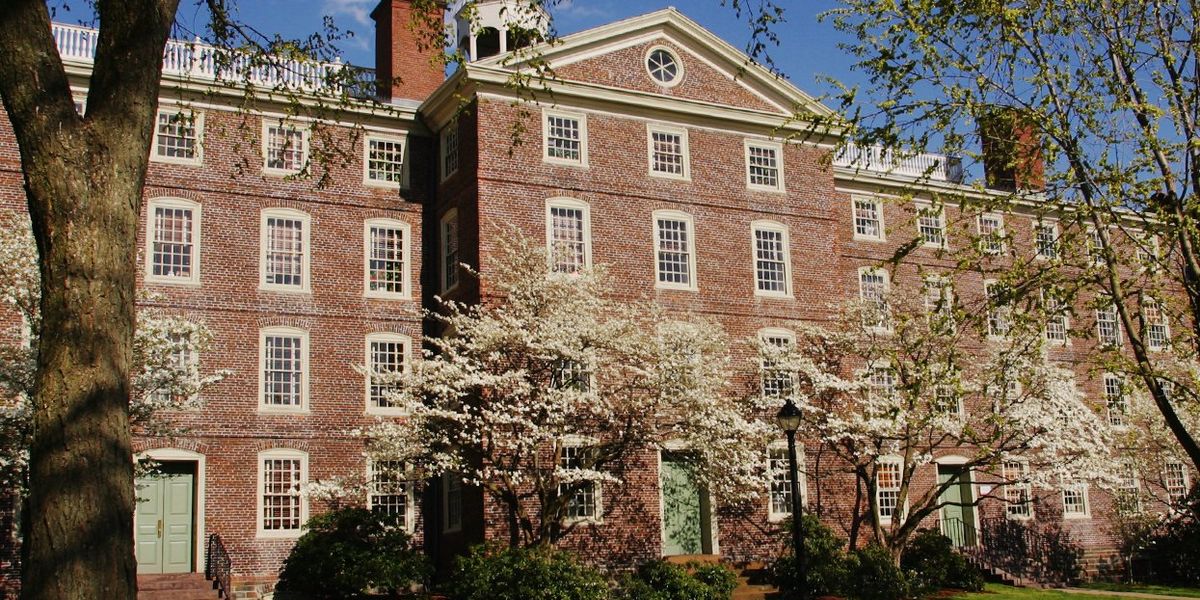At Brown University, 38 Percent of Students Say They’re Not Straight
The number, based on a student poll, is more than double the proportion from when the poll was first conducted in 2010.
TRUDY RING JULY 10 2023 5:35 PM EST
The proportion of students at Brown University identifying as something other than straight has more than doubled since 2010 and now stands at more than five times the national rate.
Those are among the findings of a poll from The Brown Daily Herald, the student newspaper at the Ivy League school in Providence, R.I.
In the Herald’s spring 2023 poll, 38 percent of students did not identify as straight. The choices, besides heterosexual, included homosexual (basically gay or lesbian), bisexual, asexual, pansexual, queer, and questioning. The poll was primarily on sexual orientation rather than gender identity. However, in this spring’s poll, 3.1 percent of respondents identified as nonbinary and 1.8 percent as genderqueer.
The paper first surveyed students on sexual orientation in fall 2010, at which time 14 percent identified as something other than straight. The increase indicates a rise in comfort in being open about one’s identity, one student told the Herald.
“Queer people haven’t been able to be open in their identifications for that long,” said Josephine Kovecses, a member of the class of 2025. “So it’s exciting that the numbers are growing and that queer people are able to be open in particular at Brown.”
There is also a growing proportion outside of the gay or lesbian categories. In this spring’s poll, among respondents who identified as LGBTQ+, 22.9 percent described themselves as gay or lesbian, down from 46 percent in the first survey. More than half of the LGBTQ+ students identified as bisexual — 53.7 percent.
The paper expanded categories in the poll in spring 2022, adding queer, questioning, asexual, and pansexual to the existing ones of heterosexual, homosexual, or bisexual.
Nationwide, 7.2 percent of U.S. adults identify as LGBTQ+, according to Gallup polls. The percentage is larger — 19.7 percent — among people aged 18 to 25.
I believe what we are seeing is the Kinsey scale in effect.
In the past people who were mid-scale between exclusive heterosexual and exclusive homosexual (Kinsey’s descriptors), publicly identified as straight to avoid discrimination.
As that stigma lessens, more people are willing to be publicly honest about their sexuality.

